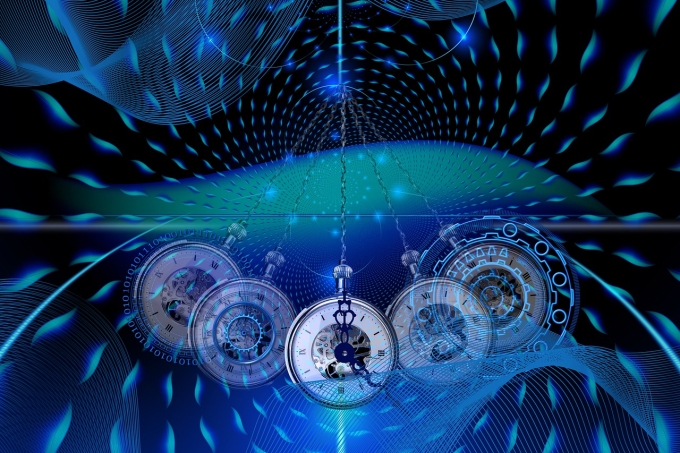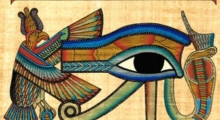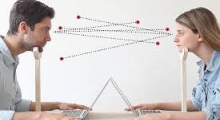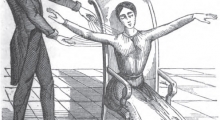
The human eye is a powerful tool, capable of capturing the attention and fascination of those around us. This fact has not escaped the attention of Dr Paret, the world leading expert in the field of non-verbal hypnosis and the hypnotic gaze. Dr. Paret was initiated in the secrecies of this techniques by his master Virgilio
Through his extensive research and study, Dr Paret has delved deep into understanding the intricacies of the human gaze and its ability to hypnotise and mesmerise others.
Dr Paret's work focuses on the non-verbal aspects of hypnosis, particularly the power of the gaze. He argues that the eyes are the windows to the soul and can reveal much about a person's thoughts, feelings and intentions. He also points out that the gaze can be used as a powerful tool in hypnosis as it can help to create a sense of trust and connection between the hypnotist and the subject.
One of Dr Paret's most notable findings is that the eyes can convey different types of hypnotic suggestion depending
- on the direction (right and left of in front) and
- intensity of the gaze.
- Mental mindset of the operator
For example, a direct and intense gaze can convey a sense of authority and command, while a soft and averted gaze can evoke feelings of relaxation and trust.
Looking at the right or left eye also changes the response. In a sense, each eye activates the two hemispheres of the brain in a different way and can be a key to achieving deep fascination
Also the mental mindset of the operator can change the response and specific exercises can help
Dr Paret's work also sheds light on the concept of "mesmerism", or the ability of a hypnotist to hypnotise his subjects using their gaze. He explains that mesmerism can be achieved through a steady and long gaze that induces a sense of trance and activates the subject's autonomic nervous system response. Or also activating alternatively the hemispheres with rapid movements.
In addition, Dr Paret's work also explores the use of non-verbal cues such as body language, tone of voice and symbolic movements of the hands in conjunction with the gaze to enhance the hypnotic effect. He states that by using several non-verbal cues in harmony, the hypnotist can create a stronger and more effective hypnotic experience.
This experience can be useful in therapy to heal and deconstruct deep-rooted problems
Overall, Dr Paret's work offers a fascinating insight into the world of non-verbal hypnosis and the power of the gaze. His findings can be applied in a variety of areas such as therapy, coaching and personal development and can help individuals harness the power of hypnosis to achieve their goals and overcome obstacles.
A simple exercise: when having a conversation with someone, change the way you look at them. Notice how the level of conversation can change. Working on laterality is a key to creating deep trance and healing
You can do the same with the mirror. Look at yourself before with your right eye and after with your left eye, without blinking. You will notice the difference in feeling.
If you are a hypnotist this knowledge is FUNDAMENTAL.
To learn these techniques look at our youtube channel:
https://www.youtube.com/@neurolinguistic








